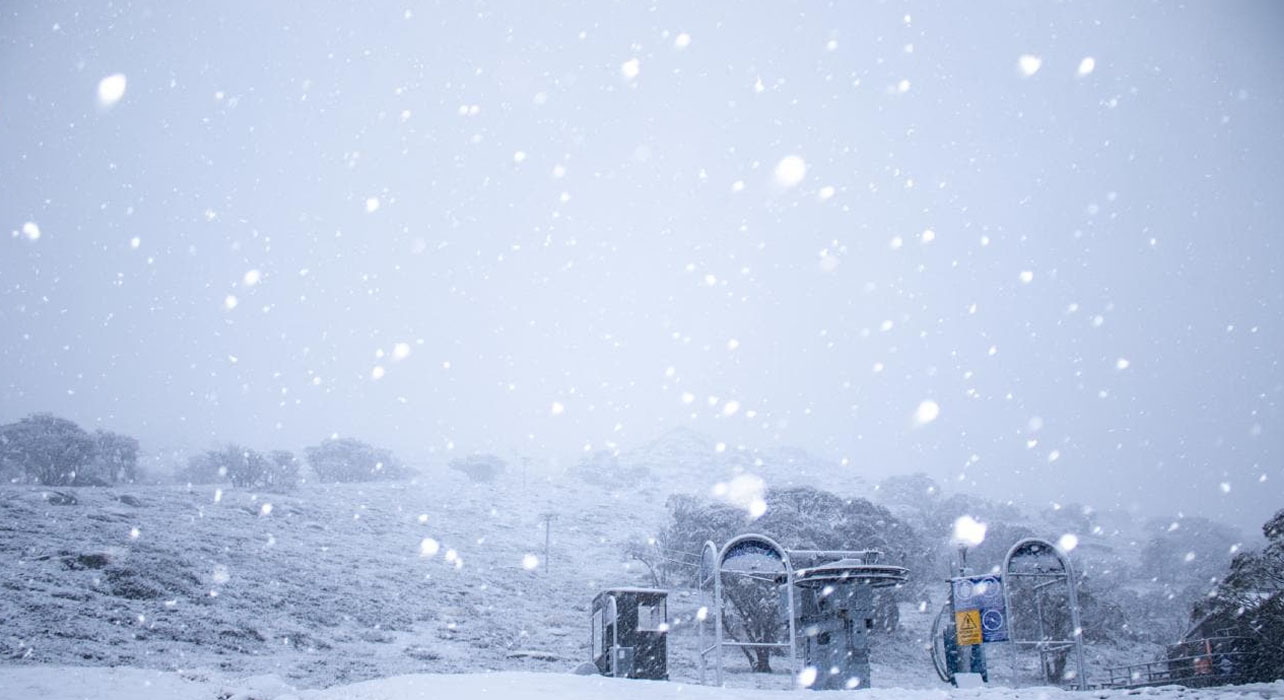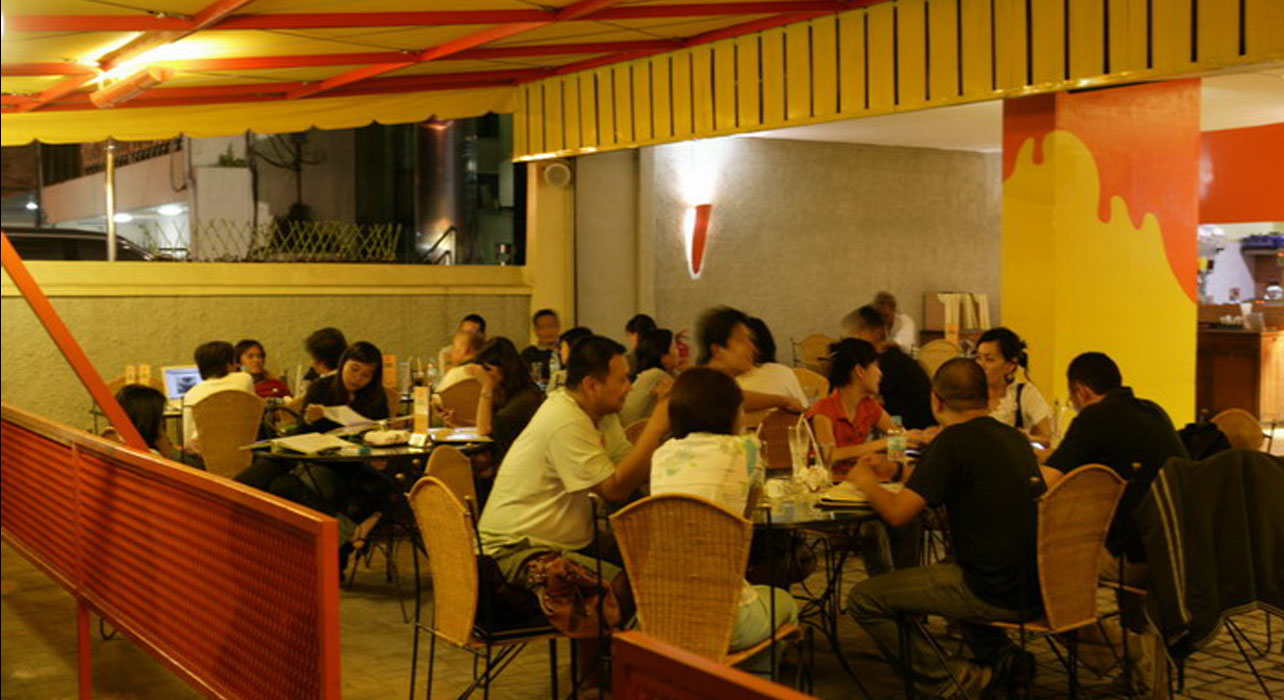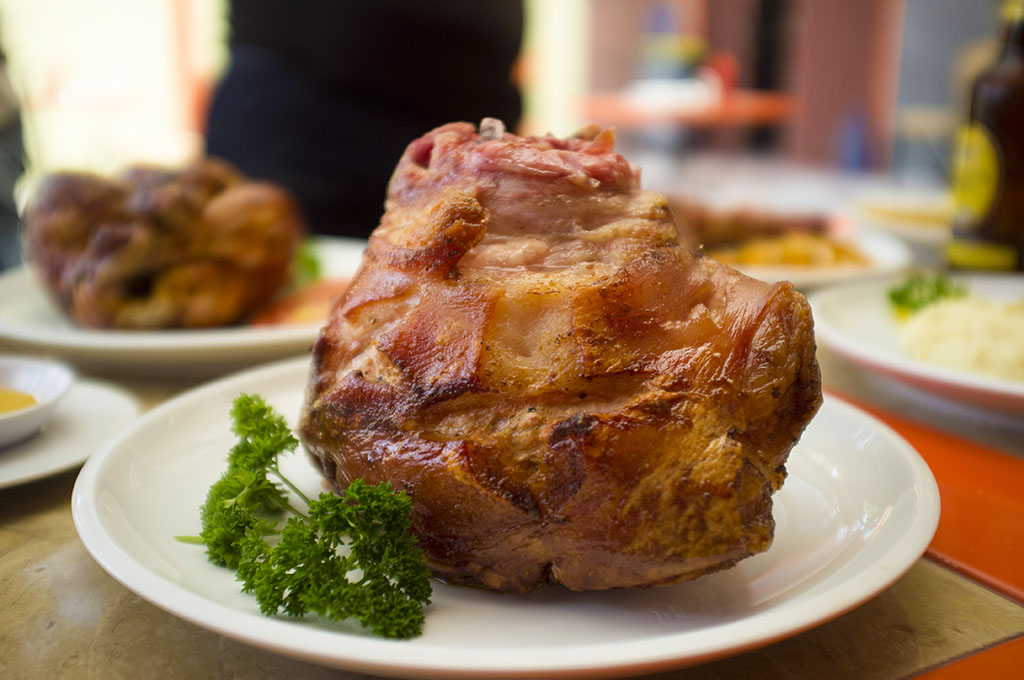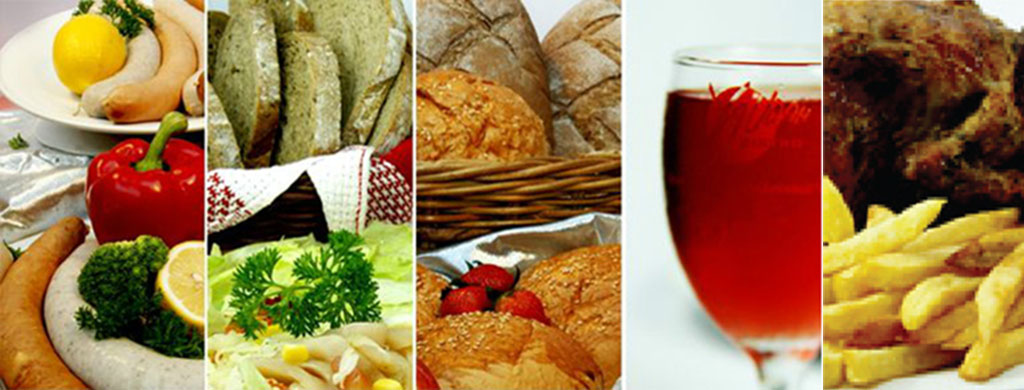The Magical Advent of Cold in Hot Places

We truly live in a world of magic. In fact, it is astounding to consider the plethora of conveniences, many of them unimaginable, that we take for granted these days. If you are middle-aged then the speed, security and helpfulness of social media will impress you.

If you are old then the whole notion of instant world communication, for free and mostly without constraints, still amazes you. Are you very very very old? (We’ve had patrons at the Bistro who were so old they still squawked to each other across the table, LOUDLY, in Dutch. That’s old.)

You may remember, with dread, the era of expensive, long-distance telephony and even telegrams – rarely containing good news (the dread of opening a telegram, thinking “Who has died this time?”)
The telegraph service started in 1851 when the British East India Company built a 30-mile (48km)
electric telegraph line from the city of Calcutta to its suburb of Diamond Harbour, primarily for official use.
Telegraph: The early days

- 1851: 30-mile electric telegraph line constructed from Calcutta to suburb of Diamond Harbour by East India Company and is opened for official use
- 1853: Large-scale construction of telegraph lines begins
- 1854: Act passed to regulate establishment and management of telegraph
- 1855: Telegraph service thrown open to public use as “new method of rapid communication”
- 1857: Post of director general of Telegraph is created and Irishman Sir William O’Shaughnessy Brooke is appointed
Over the next few years, telegraph lines were expanded to cover the entire country and in 1855, the service was opened for public use.
Its success was instant, says CV Gopinath, the former deputy director general of telegraph services.
The 1857 rebellion against the British, often described as the first war of India’s independence, “failed because of this telegraph technology”, he says. “Lord Dalhousie [the governor-general] once said that the telegraph saved India.”
It meant they could order the mobilisation of troops and resources quickly and confidentially.
For more than a century thereafter, up until the end of the 1980s, telegrams were the fastest and most reliable form of communication.
In the early days, telegrams arrived written by hand with fountain pens, and mostly carried business messages. Today, a telegram is a computer printout.
It is the advent of newer, more modern technology that killed demand for telegraph services. The company has been losing billions of rupees a year. The last telegram will be sent at 22:00 India time (16:30 GMT) on Sunday 14 July.
“The new generation doesn’t even know about telegrams,” says Shameem Akhtar, senior general manager at the state-run telecommunications firm, BSNL.

As technology gathered acceleration, really and truly funny stuff happened. My painter friend Peter Schuyff was in Indonesia in 1995, and decided to make the not inconsiderable trip to Irian Jaya (now Papua Province). As an “early user” of the internet Peter wanted to send a message back to Europe. At that time the only public internet access was the Indonesian Post Office in the city of Jayapura (that shows just how much things have changed). So Pete asked directions and trudged over toward the Post Office, only to behold a line of local tribespeople stretching out the door, around the corner and down the block. He asked what the lineup was all about and was told “The local Asmat and Dani tribesmen have figured out that you can pay a little money and watch naked white people having all kinds of crazy sex. They think it is the funniest thing they have ever seen in their lives and can’t get enough of it.”
This was of course before “Nanny State” clamped down on free-spirited internet usage, filtering out the naughty stuff.
Once in a while the historians of technology, or those documenting developments in modern civilization, will attempt to order the importance of breakthroughs and inventions, in medicine, banking, aviation, science and communications – all of which have enacted dramatic changes for the better in our lives.
What is the most important invention in modern times?
Some might say “nuclear energy”, while others would say “air travel”, “microcircuits”, “the Green Revolution”, “satellite technology” or “antibiotics and vaccines to stop pandemics”.

A rather surprising – but certainly logical – suggestion was that the advent of refrigeration had a more profound effect on human civilization than any of these other inventions.

The 20th Century saw mass electrification across the nations and the various modern conveniences it enabled – such as home refrigeration, which dates from the 1920s. This writer’s late father was born in 1906 and his mother in 1914; all their lives they referred to the refrigerator as the “icebox”, undoubtedly because in their younger days that’s how perishable food was kept cool and fresh: the iceman would make his rounds, with big blocks to store with the eats.
Mechanical refrigeration had been around since the middle of the 18th Century, as a scientific oddity. It did not gather momentum until the 20th, when it spread across the world.

COLD was a wonder and cold foods imparted a mysterious sensation. The first Thai children to ever taste ice cream had no words for the sensation. They shouted “It’s burning! It burns in my mouth!” because that was the closest they could imagine the effect of cold.

Now indeed the history of refrigeration may seem academic to you, dear thinkers’n’drinkers, readers’n’eaters, as frosty-cold beers come rolling out of the kitchen, headed for your table. Cold beer? Goes without saying. Beer before refrigeration? Let’s not even talk about it. And apparently the legend of the English liking their beer warm is pure slander:
They Drink Warm Beer:
Saving the best for last, of course I had to address this at some point. While personally I have never found warm beer in England I have found two possible answers to why this misconception has arose.
- The English do not keep their beer in refrigerators, rather in cellars. While this may make people assume the beer is room temperature, in reality cellars are quite cold.
- Personally I prefer this answer. There are two types of beer. The first, a Lager, which is served at around 45 degrees Fahrenheit, which is most beers that Americans drink like pilsner styles or Heineken. The second type of beer is Ale-fermented and served at ‘room temperature,’ which is about 65 degrees Fahrenheit. This is still pretty cold and is supposedly a better taste for stouts and brown ales.
Cheers! (Pun intended)
Just one last volley to be fired, to convince you to join in a celebration of refrigeration. Much life-saving medicine needs to be refrigerated, to avoid spoilage. And perhaps the most obvious thing is that much of modern civilization lives in areas where it is too hot to work in enclosed spaces.

Imagine working in downtown Phoenix in a high-rise office building without air conditioning? Or Brasilia, or Bangkok, or Nairobi, or Maranello? Unimaginable. But of course if the fossil fuels run dry and contemporary civilization decides to take a swan dive we may be faced with just such a situation.

In the meantime, as we brace ourselves for the impact of collapse, why not get used to “open-air living” at Ya Udah Bistro, where all the bottled-up viruses (rife in air-conditioned buildings) are swept out into the Java Sea by our brisk fans? A free-fire environment where smokers can smoke themselves like our delicious smoked snapper and Non-Smokers can Non-Smoke to their hearts’ content, as they blithely plan on living forever …

Our food is hot and fresh; salads cold and crisp. Sweet frothy drinks and freezing firewater.
And it is “Slow Food”. What does this imply? It implies food where the ingredients are carefully chosen for freshness, hygienic quality and flavor. The food is prepared with care by expert chefs, not careless minimum-wage slaves. YaUdah Bistro food is authentic and delicious, as attested by several decades of pleased patrons.

Eat at your own speed, at the majestic and hospitable YaUdah Bistro, now in Serpong (with a special non-smoking air-conditioned section) as well as the classic location in Menteng, near Gondangdia Station.
Ya Udah Bistro is an historic site in Central Jakarta, featured approvingly in famed tour guides like Lonely Planet. Come around, eat, drink and make merry. Want to wolf down your food and scatter to the winds? Up to you. Be our guest.
Want to hang out and while away an evening in the friendly company of friendly people? That’s fine as well. We welcome our clientele with smooth service, a friendly, polite atmosphere and excellent victuals at right prices.
And never forget our alert, high-speed takeaway / takeout service, if you are still holed up in your castle.



